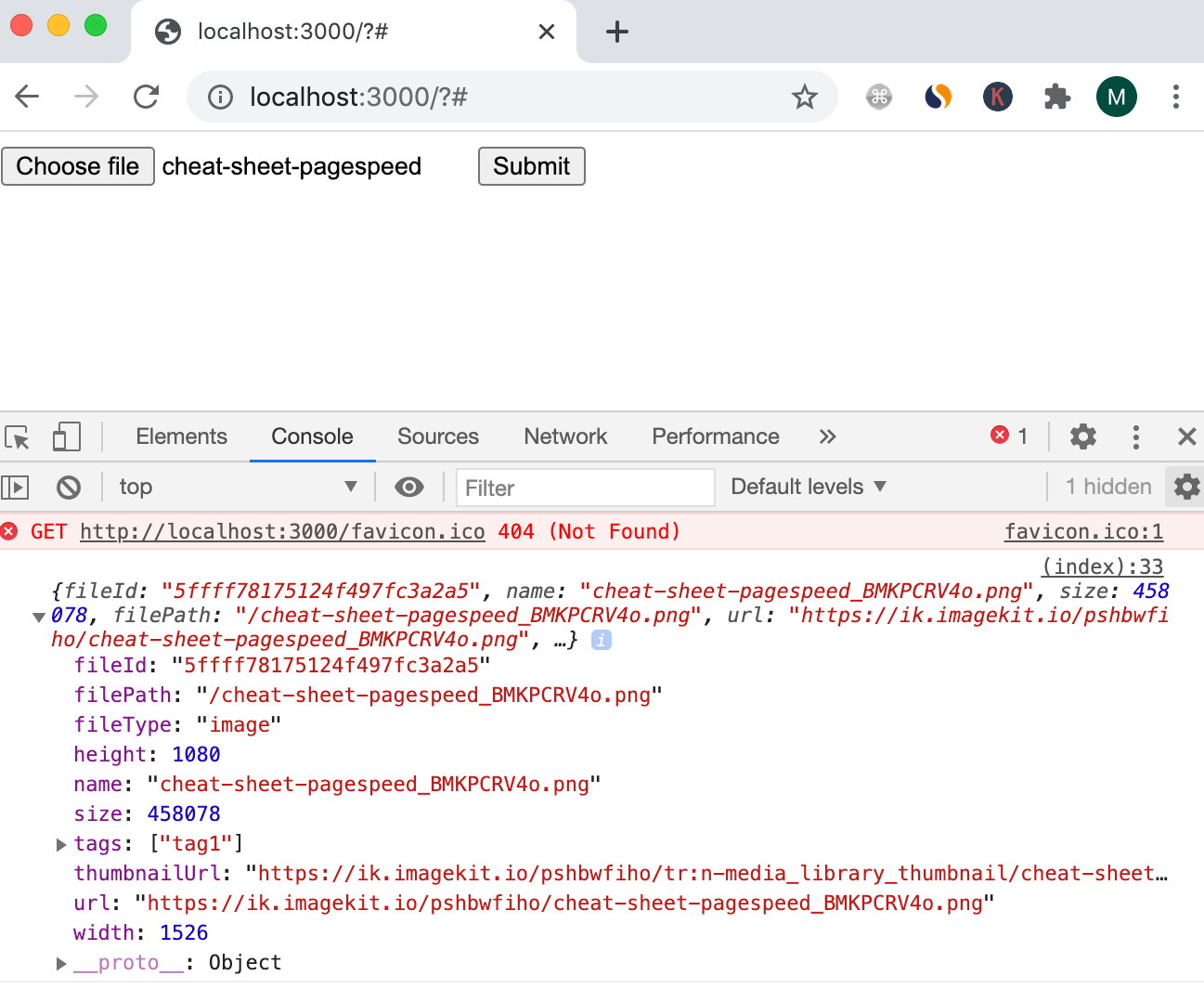
This section provides information on using the ccResizeImage binding as well as general information about the /images endpoint. The ccResizeImage binding also handles specifying a default image size as well as sizes for various viewports. We will be using the second version for our resizing functionality and the third version to implement cropping. It can accept three, five, or nine parameters and has the following syntax. You can use this binding in your widgets to create the URL that is sent to the /images endpoint. We can use it to resize and crop our images by passing an appropriate number of arguments. To assist you in using the /images REST endpoint, Commerce Cloud provides the ccResizeImage custom Knockout binding. This endpoint, however, requires a URL with a number of parameters that can be challenging to specify manually. To do this, Commerce Cloud provides the /images REST endpoint which allows you to format the images returned from the server. If you want to compress image on client side then you can use JavaScript. To improve your storefront’s performance, you can resize images before they are downloaded to the client browser.

When a shopper views a page that contains images, Commerce Cloud automatically sizes them on the client side for display on different devices, such as laptops, tablets, and mobile phones. See the Pen < a href="" data-mce-href=""> jQuery Client side image resize plugin< /a> by Dejan Stojanovic (< a href="" on < a href="" data-mce-href=""> CodePen< /a>. This will ensure that you do not upload large image files and waste data bandwidth. $.fn.ImageResize = function (options) ))

To make it reusable for future projects I refactor the code to use it as a JQuery plugin. Either way do a Google search to find a solution that fits your, currently unknown, client side design. Even main image is resized to ensure I do not store images which are wider than 1024 pixels. You need a JavaScript library or write your own.


Recently I worked on a small web application project which main functionality is to handle image uploading and of course image resizing as I do not want to load full sized images while browsing the storage where images are uploaded. resize cover : (default) Preserving aspect ratio, ensure the image covers both provided dimensions by cropping/clipping to fit. even now, some features are not equally supported by all major browsers.Īnyhow, HTML5 is here to stay and over time we will get more and more features supported by all browsers.ĭemanding operations which can be done in browsers but are not equally supported by browsers can be still used for the back-end applications (limited users access) where you can limit your client to use specific browser for the best performance and optimize your client side code to do it. Image resizing is considered as a server side operation as JavaScript and HTML were not so sophisticated and HTML5 support was not widely adopted for quite some time.


 0 kommentar(er)
0 kommentar(er)
